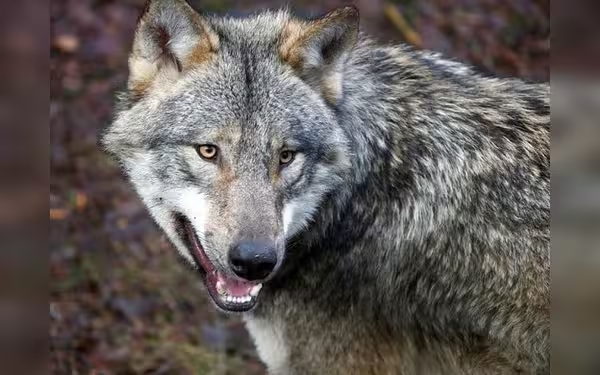Thursday, November 7, 2024 07:26 PM
Villagers in Uttar Pradesh Kill Last Man-Eating Wolf
- Last wolf from man-eating pack killed by villagers.
- Over 40 individuals attacked in Bahraich district.
- Need for better wildlife management highlighted.
 Image Credits: tribune.com.pk
Image Credits: tribune.com.pkVillagers in Uttar Pradesh kill the last wolf from a man-eating pack, raising concerns about wildlife interactions and community safety.
In a shocking turn of events, the last wolf from a notorious man-eating pack has been killed by villagers in the Bahraich district of Uttar Pradesh, India. This incident has raised significant concerns about wildlife interactions and the safety of local communities. The grey wolves had reportedly caused panic among residents, attacking more than 40 individuals in the area. Such incidents highlight the delicate balance between wildlife conservation and human safety.
The situation escalated when villagers, feeling threatened by the prowling wolf, reached out to government officials for assistance. Ajit Singh, a government forest officer, confirmed that the villagers took matters into their own hands on Sunday, leading to the wolf's demise. This action reflects the desperation and fear that the community felt as they faced repeated attacks.
Wolves, while an essential part of the ecosystem, can pose risks when they venture too close to human settlements. The attacks in Bahraich have sparked discussions about the need for better wildlife management and community safety measures. It is crucial for authorities to find a way to protect both the residents and the wildlife that inhabit these areas.
As we reflect on this incident, it is important to consider the broader implications of human-wildlife conflict. While the villagers acted out of fear and necessity, the loss of a species, even one that has caused harm, is a significant event. It serves as a reminder of the challenges faced in coexisting with nature. Moving forward, it is essential for communities and wildlife officials to work together to develop strategies that ensure safety while also preserving the natural environment.
The killing of the last wolf from the man-eating pack in Bahraich is a stark reminder of the complexities involved in human-wildlife interactions. It underscores the need for proactive measures to prevent such conflicts in the future, ensuring that both people and wildlife can thrive in harmony.













